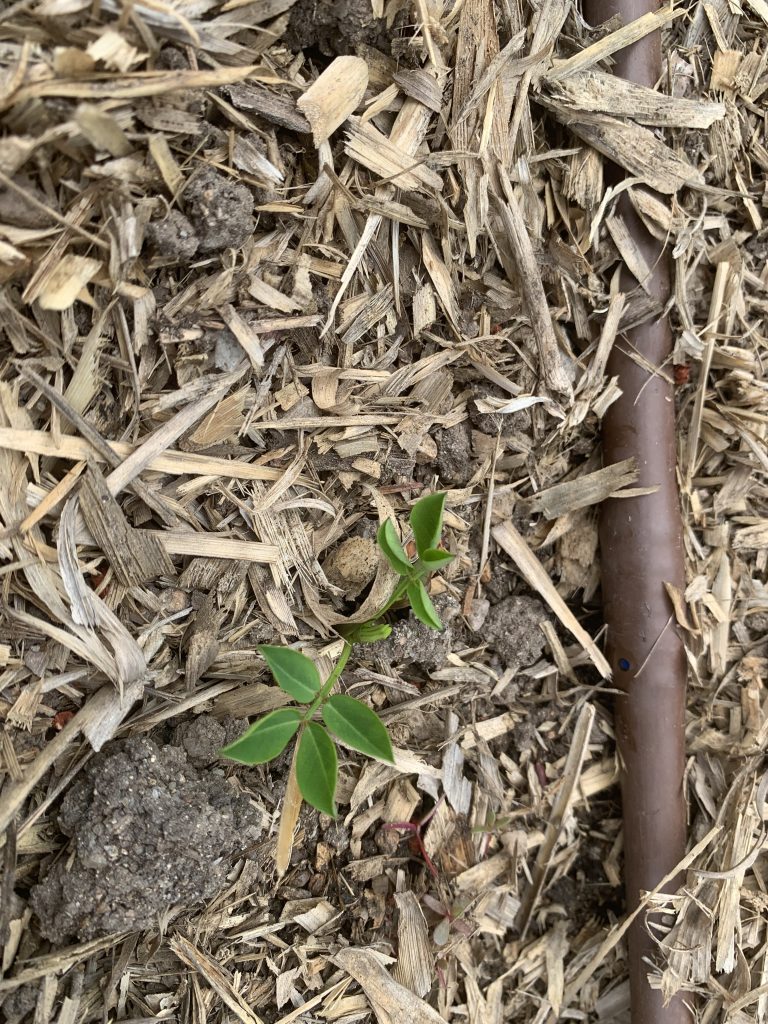Botanical name : Arachis hypogaea
Common name : Peanut, groundnut
Easy for seed saving
Lifecycle: Annual
Pollination: Self-pollinating, insect pollination is possible
Mating system: Perfect self-fertile flowers
Suggested spacing: Same as for eating production
Seed specific requirements: None
Isolation distance: 3 m
Population size: 1 to 5 plants
Seed maturity: Plant foliage turning yellow or brown
Processing method: Hand picking pods from dried plants
Expected seed viability: 1 to 2 years


Growing for seed
Growing peanuts for seed is exactly the same as growing them for eating. Spacing depends on whether the variety is a bush or running type.
When planting either the whole unshelled peanut can be planted, with the possibility of multiple plants growing in the one location, or they can be carefully removed from their shells and then gently planted.
After flowering the flower stalks, called a pegs, grow downwards into the soil and the pods grow and mature under the soil.
Selection
Peanut varieties can be selected on traits such as plant form, seed size and colour and number of seeds in a pod.
Harvest
As peanuts form under the ground it is impossible to directly see if an individual peanut is mature. Flowering occurs successively so there will be peanuts at different stages of maturity on the plant at any one time.
The usual method of determining when to harvest is to wait until the plant itself is dying back and the foliage is turning yellow and brown.
A fork can be used to loosen the soil around the plant and the whole plant is uprooted along with its attached fruiting pods. This is easier to manage if the soil is fairly dry. The plants should be spread out to dry up-side-down with the peanuts exposed for several weeks in a protected area out of rain.
Processing
Home growers can remove the pods from the plants by hand. Dirt can be brushed or gently rubbed off the pods.
Peanuts will need a significant amount of drying after being removed from the plants. Care should be taken to ensure that they aren’t piled together or put into containers until they are fully dry as mold is a significant risk.
Storage
Peanuts should be stored in their shells until they are replanted. Store in cool and dry conditions.
Contributors
Liz Worth, Nellie Pryke
